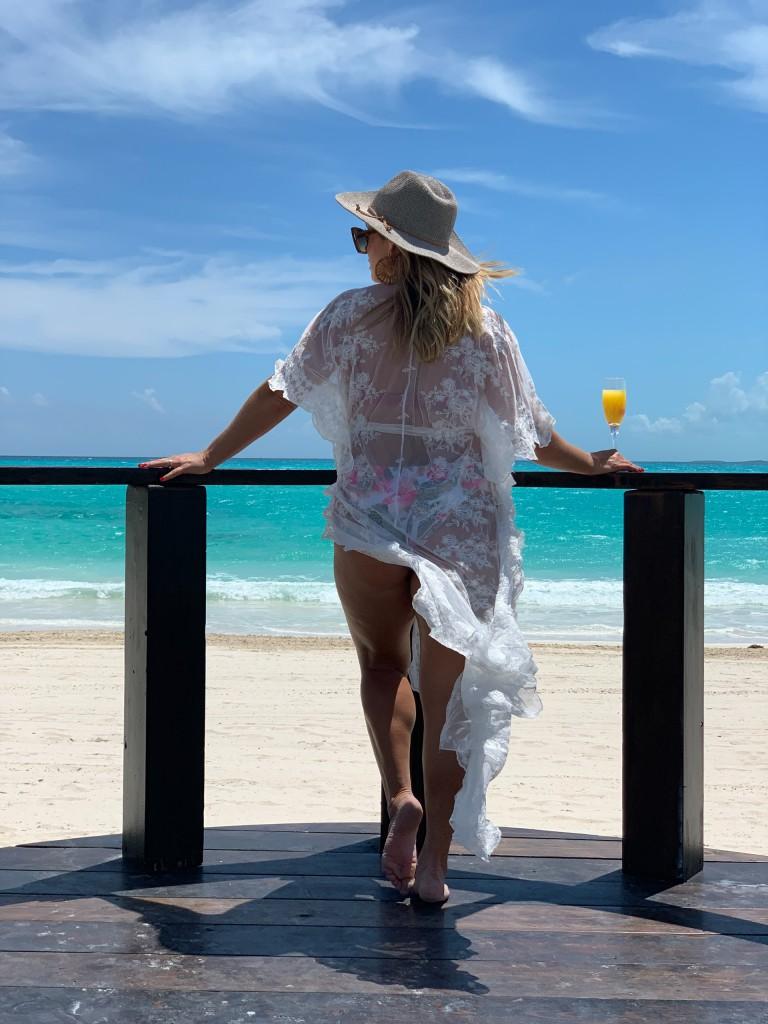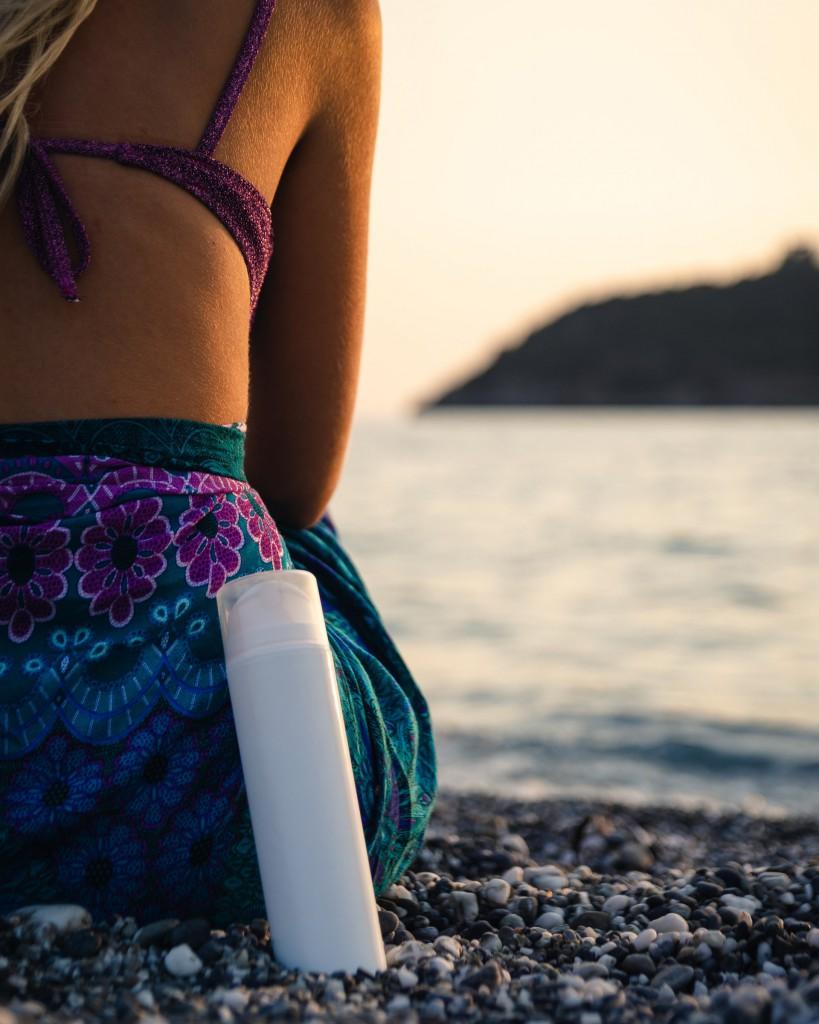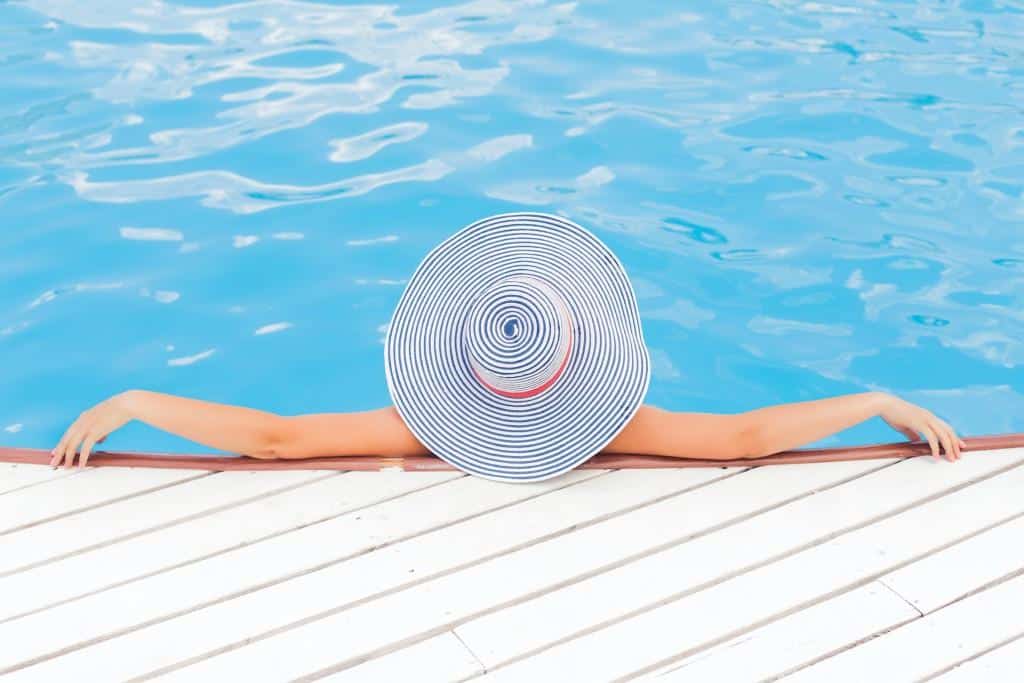There are health benefits and dangers connected to sun exposure that you should know about when trying to tan. Natural light produces Vitamin D, is crucial for the circadian rhythms that aid sleep and makes us feel good. Too much time in the sun however can end up killing you.
We’re talking about sunlight. So, what is it?
There are three components that make up sunlight: there’s visible light; which is the electromagnetic spectrum that gives colour to everything we see; infrared light, which provides the heat we feel; and ultraviolet light (UV) which is what impacts our health.
The A-B-C of Ultraviolet Light
UVC is the most damaging wavelength which is blocked by the ozone layer in the stratosphere, but UVA and UVB wavelengths pass through and are what can play havoc with our skin.
UVA rays reach deepest into the skin and are responsible for causing wrinkles, ageing and sunspots. These rays can bounce off reflective surfaces like water or ice and snow, so protecting yourself from them can be a year-round chore. While they aren’t the primary cause of skin cancers, UVA rays do cause changes in your skin DNA which can lead to malignancies.
The UVB rays that hit the superficial layers of our skin cause the burning, redness and in extreme cases, blistering of skin. These rays directly impact cells and are the leading cause of skin cancers.

How does suncream work and what do the protection factors mean (SPF)?
Think of suncream as a UV blocker on your skin. When applied correctly it creates a thin protective layer to reflect the rays off the skin (physical blockers) or absorb the rays before they hit your skin (chemical absorbers).
The Sun Protection Factor (SPF) rating measures how well a suncream insulates skin from the effects of UVB radiation when it is liberally applied. UVA protection is only included when the suncream specifies that it is ‘Broad Spectrum.’ In lab conditions – in which UV rays are constant, unlike real world conditions – the SPF rating works like this:
SPF 15 will shield skin from 93% of UVB rays, SPF 30 blocks 97%, SPF 50 blocks 98% and SPF 100 blocks 99%.

Will suncream stop you from tanning?
That sun-kissed glow is a lot more than proof you’ve been on holiday. A suntan is the body’s mechanism to reduce damage of UV radiation by producing melanin and causing your skin to appear darker.
Most suncreams will reduce the rate at which you tan but won’t stop it completely. The fundamental goal of using sunscreen products, along with a mix of suitable clothing and shade at the right time is to limit the chance of sunburn, which is the most common, and often, the worst effect the sun has on your body.

Learn not to burn!
The hard truth is that UV rays are harmful and although we need sunshine and warmth in our lives, too much of the wrong exposure to the sun can cause skin cancer. The most important times to stay protected are during the spring and summer months between the hours of 10am and 4pm.









